
(written by Islander)
Biting off more than you can chew: I came real close to doing that yesterday. All the songs by those 14 bands tasted so good, I had to bite into them, though I don’t know how many other people listened to them all, much less read all the words I frantically spilled out.
I guess my mental jaws were sore this morning because, after starting to get caffeinated, I stared at what I’d planned to do for today’s black roundup and backed off. I hadn’t planned an extravaganza on the scale of yesterday’s sonic storm, but it still seemed like a lot, or at least a lot more than I could manage without spinning like a top again, so I pulled out the paring knife and started shaving it down. (Man, that’s a lot of metaphors already and I’m still just in the intro!).
A painful process it was, deciding what to go with and what to leave behind. I hope the pain you’re about to experience below is only the kind of pain you seek.
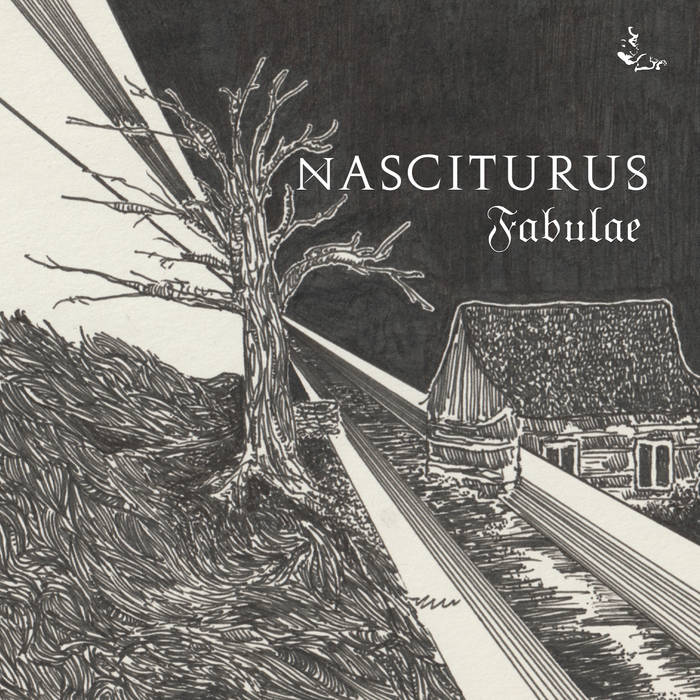
NASCITURUS (Poland)
One of the things I pared away from my initial plan for this column was a cool new video and song by Behemoth, because they really don’t need any extra help from our little ol’ site. But we’re still beginning in Poland, with a song and video I thought would follow well from that Behemoth clip when I originally mapped out the plan.
This song, “O Czudca powstaniu“, is from Nasciturus‘ new album Fabulae, so named because (as the band say) it “is an album created out of devotion to local stories, in particular the legends and tales of the Beskid Mountains.”
The song itself musically unfolds like a tale, a narrative that begins with abrasive chords that are hostile and charging and dismally swirling bass notes behind them, coupled with battering and cracking drums and malicious goblin snarls and screams.
A burst of martial drums, episodes of blasting, and the eruption of crazed yells, along with that driving main riff, add to the warlike atmosphere of the song, and the frantic writhing and gnashing of the bass seem to channel the madness and agonies of the combatants.
The bass gets its own solo too, a strange kind of burbling and weaving movement, and it continues on that intriguing but disorienting path even after the riffing begins to blare again, like a mangled siren.
I don’t know what tale is the basis for the song, though I tried to find out from googling. All I could discover is that the Polish word for “uprising” is in the song’s name (though one of our Polish readers has now told us it’s closer to “genesis” or “origin”), and that there is a village named Czudec in southeastern Poland.
UPDATE: We received a description of the song’s narrative from Nasciturus, and are grateful to have it and share it with you:
“The song is a legend about the creation of the town of Czudec. It tells the story of how the castle was attacked by Tatars, and how the defenders tried in every way to prevent it from being captured. Finally, the bandit sentenced to death, who received an ultimatum, either to fight the invader or die, shot the Tatar commander with a bow, who, losing their leader, ended the siege, and in honor of this “miracle” (“cud” in Polish), named the nearby town Czudec.”
The album’s interesting cover image, which looks like an old piece of folk art, was created by Rafał “Czarnuch” Chruścicki; he is also one of the band’s three vocalists and their bassist and synth-performer. Fabulae will be released on April 30th by Via Nocturna.
https://vianocturna.bandcamp.com/album/fabulae
https://vianocturna.eu/nasciturus-fabulae-cd-p-2322.html
https://www.facebook.com/nasciturus
https://www.instagram.com/nasciturus_official/
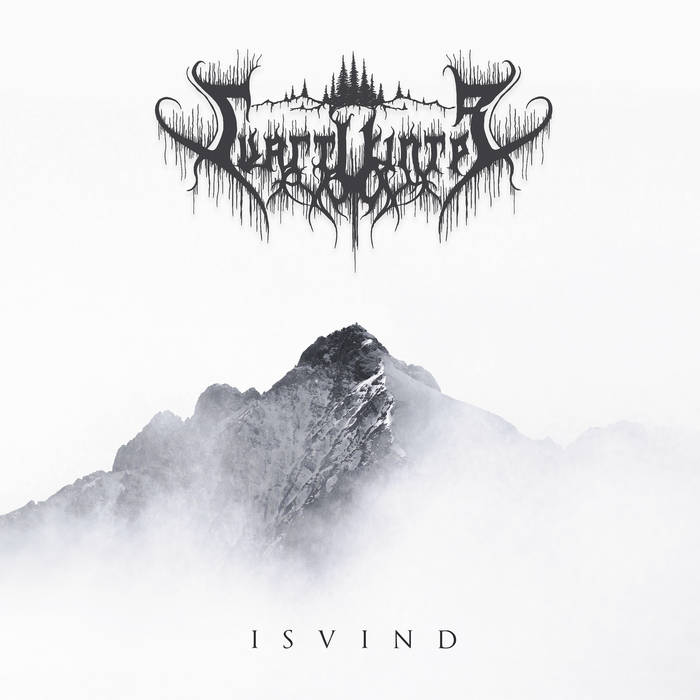
SVART VINTER (Italy)
In last week’s edition of this column I devoted attention to the music of a new Italian band named Veia, which includes members of Thecodontion, Svart Vinter, and Veil of Conspiracy. I discovered that Veil of Conspiracy themselves released a new album in January of this year (find it here), and that Svart Vinter will have one coming out in May.
The new Svart Vinter album, Isvind, is their sophomore full-length, following 2022’s Mist. What you can hear from it now is the song “Of Cold and Grief“, which arrived with a video about 9 days ago.
In the video we see Svart Vinter perform, blackened with shadow and backed in gray mist. We hear thundering double-kicks and a whiplash snare as the riffing rises and falls like a vast and vicious sea. The riffing creates a dire and dangerous sensation, made even more dire by percussive fusillades and scalding screams.
Pulling back on the intensity, Svart Vinter then make the music more miserable with a slowly slithering and wailing arpeggio that dismally rings through dimly sizzling guitars and cracking beats. Back and forth the intensity goes, with the torment in the music powerfully surging and then diminishing into agony — but the frightening intensity of the vocals never relents.
Near the end the intensity reaches a new plateau, the rippling chords climbing higher in shining and searing waves of pain, a fitting finale for such an emotionally shattering song.
Isvind will be released on May 30th via Non Serviam Records.
https://non-serviam-records.bandcamp.com/album/isvind
https://www.non-serviam-records.com/products/svart-vinter-isvind-digipak
https://www.non-serviam-records.com/products/svart-vinter-isvind-vinyl
https://www.facebook.com/svartvinterband/
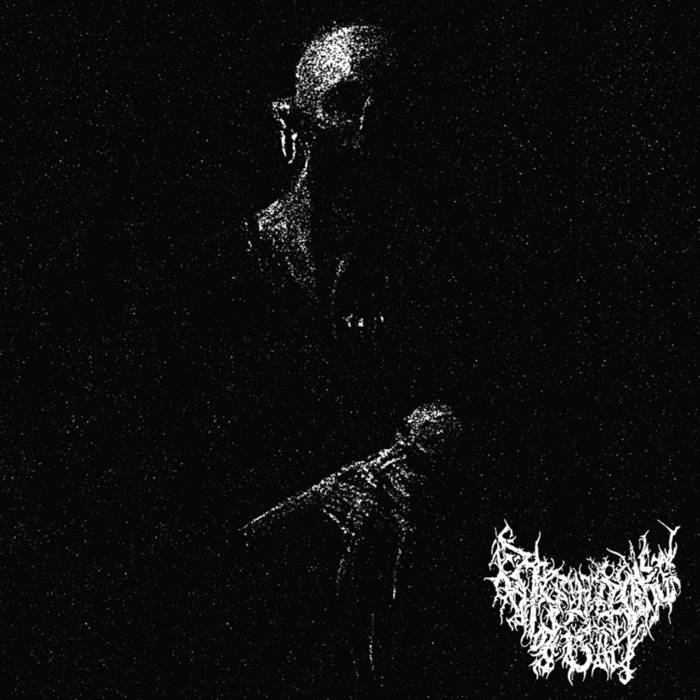
NIGHTMARE BODY (U.S.)
You wouldn’t name your band Nightmare Body unless you intended to make nightmarish music, would you? Well, maybe you would, but the U.S. (maybe California?) trio who chose that name followed through, as you’ll see when you listen to the two songs now streaming from what appears to be their self-titled debut album or EP (hard to tell how long the six songs add up to at this point).
The opener, “Kuru“, provides an amalgam of death, doom, and black metal, with both exhilarating and thoroughly blood-congealing effects.
The scarring riffage and a monstrous bass heave and snarl like some gargantuan and ghastly beast, and the screamed vocals are insane. The dense, feverishly vibrating riffage rises and roils; gruesome roars well up from cavernous depths; and the drums chop like a giant’s axe.
The axe-blows speed up, and the riffing convulses in even more intense paroxysms of fury and pain. The piercing ring of the chords above a massively groaning and furiously magma-like bass is both dismal and demented, and the drums will slap your head around something fierce.
The other song, “VVolf“, immediately creates a sharp contrast as the notes slowly and gently glisten, yet they still sound stricken. And then the song spins up its own nightmare with a riveting drum progression and another dose of searing and writhing riffage — which burns even hotter when the berserk screams and monstrous bellows arrive.
The earth-shaking bass does its part to create calamity beneath those blazing guitars, gunshot drums, and lacerating shrieks. And still, the band shift the riffing into a higher octave, all the better to burn out what’s left of the listener’s mind.
Nightmare Body will be digitally released by Ascension Records on April 25th, with a CD to follow, and Northern Void is doing the limited vinyl release for the album. (See the links below.) The nightmarish cover art was made by Mike Jimenez.
https://music-ascensionrecords.bandcamp.com/album/nightmare-body
https://ascensionrecs.bigcartel.com/
https://northernvoidrecords.com/products/nightmare-body-nightmare-body-lp
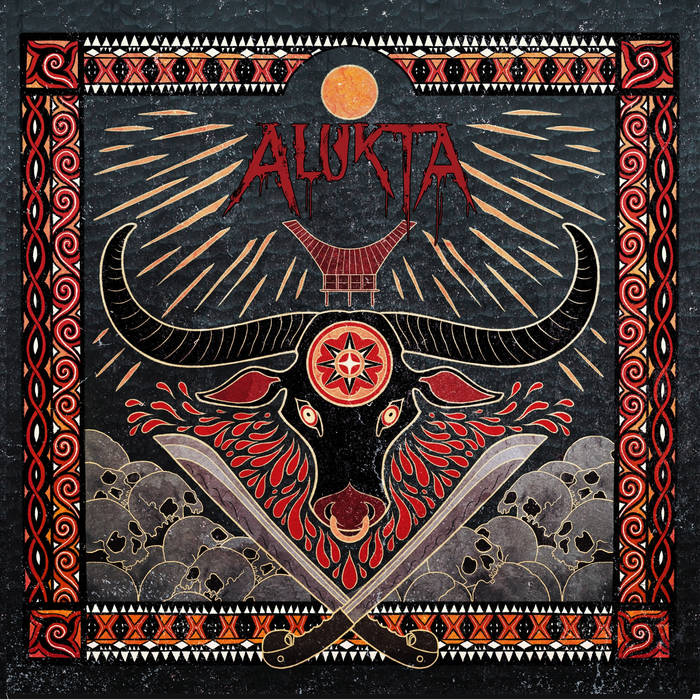
ALUKTA (France/Belgium)
In my original planning for today’s collection I thought these next songs from Alukta would pair well with Nightmare Body‘s two songs – so well that I decided to stick with it. But to be clear, it’s not as though the pairing makes sense because of musical similarity, but because Alukta are also capable of dragging listeners into a frightening emotional abyss (among other things).
“Aluk To Dolo” moves at the pace of a beleaguered funeral procession through riven lanes of muck up to the knees. The scratchy and reverberating notes are abysmal; the low end dismally drones; the drums heavily pound out the slow death march; the screamed and howled vocals also echo, and are as wretched and ravaged as the music.
Alukta bring in other ingredients — piercing guitar accents that ripple and ring in sounds of strident and haunting grief that burrow into the mind; up-shifted drums, throbbing bass tones, and boiling notes that create despair; but also ghostly synths, spirit-like choral singing with an ecclesiastical air, and simple, picked acoustic notes that sound forlorn.
Everything about “Aluk To Dolo” sounds funereal, a ceremony of mourning in varying phases of intensity, some harrowing and some poignant. But there’s also another Alukta song out in the world.
That one, “Exuvia“, was presented with a video whose imagery is interlaced with the occult and ritualistic nature of the music. “Exuvia” generally doesn’t move faster than “Aluk To Dolo“, but it creates a different atmosphere, a death ceremony of a different kind and with a different end beyond endless loss.
In keeping with the song’s atmosphere of ritual, one voice is a solemn chant. In keeping with the music’s occult air, the other is an unnerving screech. The music momentously booms, viciously churns, and eerily shimmers. It descends into abject agony, aided by terrorizing screams.
Once again the rhythm eventually becomes more vibrant; the guitars and organ-like synths rise, ring, and deliriously ripple; a voice solemnly and soulfully sings; and the old organ keys have the last word. It’s as if the ritual’s celebrants have seen past the grave, seen a vision of another world beyond life.
Both songs are from Alukta‘s debut album Merok, which will be released by the Transcendance label on May 2nd. Alukta is the work of Marie Brouillard and Déhà, both of whom have extensive entries with other bands and projects at Metal-Archives. The fascinating cover art for Merok is by Art of Maquenda. Transcendence offers this description of the album’s inspiration:
The concept is inspired by the Toraja people and their quite special funeral rites, and by cults and death in general. Alukta is grief, but also relief through rituals and ancestral traditions.
https://transcendance-bm.bandcamp.com/album/alukta-merok
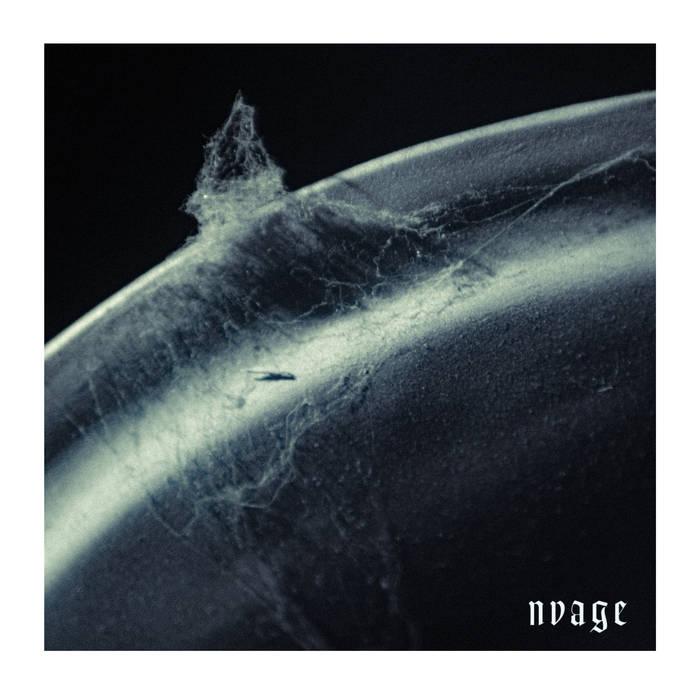
NVAGE (France)
Now let’s take a turn in today’s musical path with a video for a song named “Savior” by the Nvage duo of Clément Decuypere and Jérémy Hourdoir.
They lead us in with the slow moaning murmur of a bass, and then use a more colossal low-end punch to rhythmically jolt listeners straight down to their ankles. It’s a brutal and brazen experience, primitive and pernicious. On the opposite end of the tonal range, the vocals scream in larynx-lacerating extremity, and nearer the middle the band inflict scathing, abrasive swarms.
That jolting and compulsively body-moving opening motif continues to come back, a gargantua that feeds our reptile brains, occasionally segmented by maniacal drum outbursts, further doses of unhinged vocal terror, and generous swaths of ruinous high-grit abrasion.
Nvage call their brand of music a blend of “atmospheric sludge, flirting with doom, blackgaze and post rock,” and it apparently also includes ethereal singing. We’ll learn more about it when Nvage release their self-titled debut record on May 16th.
https://nvageband.bandcamp.com/album/self-titled
http://linktr.ee/nvage
https://www.facebook.com/nvage.band
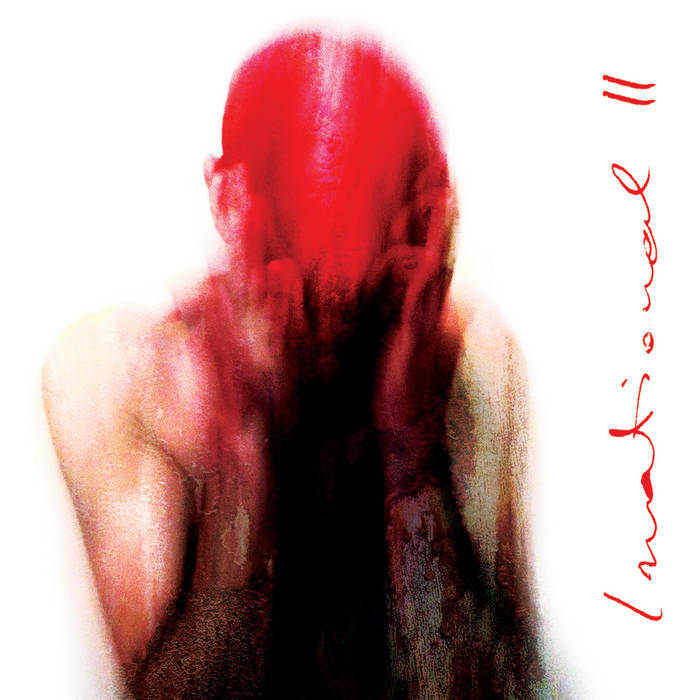
DERHEAD (Italy)
And now to close. There was no way I was going to pare away this next EP from what I’d planned to do today: First, because it’s Derhead, whose past works, and especially The Grey Zone Phobia (the project’s lone album from 2023) have been strikingly unconventional and as dazzling as they have been challenging. And second, because the EP was announced as the final release of the much-admired Brucia Records, founded and co-owned by Derhead‘s alter ego Giorgio Barroccu.
This new Derhead EP, Irrational II, was just released on April 10th. It consists of two songs, and on them Giorgio was joined for the first time since the project’s inception by a live drummer – Enrico Meloni (IKITAN, ExpiatoriA, The Healing Process). Here is how Derhead describes the inspiration:
Thematically, Irrational II offers a meditation on the nature of relationships and the price that we all have to pay to live in our society. Loosely taking inspiration from F. Dostoevsky’ “Demons”, the two songs expand upon themes such as the moral decay, the weight of guilt, and the inevitable feeling of emptiness that we feel in a world that has lost its values.
The tired demons are the nihilists in the age of the information society: extinguished, suffocated, with nothing left to destroy that has not already been identified and annihilated by the system itself.
In line with that thematic description, the first song is named “The Weight of Emptiness” and the second one “Tired Demons“.
In the first of those, Derhead treats us to a dose of delirious riffing, piston-pumping beats, wild screams, and clear-toned melodic accents that seductively ring out in sounds of splendor (and maybe despair).
The music expands and becomes almost pastoral, even though the twinkling fretwork also sounds frantic, and it also becomes gentle, haunting, and eerie. Giorgio also passionately sings; the lead guitar darts and whirls, seemingly in confusion, and continues doing so even when the music and the vocals go into a riot; but at the end the music gloriously soars and sparkles, like a vision of triumph.
Believe it or not, as wordy as that was, I still didn’t touch on all the song’s sounds and sensations, all the elements that make it so brilliant. And I won’t try to comment on everything that happens in “Tired Demons” either, because it’s also a dynamic and richly multi-faceted piece. It too delivers moments of breathtaking glory and solemn grandeur, but also phases of delirium and derangement, of fear and hopelessness.
The vocals are themselves again quite varied, as are the many instrumental layers, which include haunting analog synths and ominously throbbing electronics. Things get very psychedelic and very nightmarish, even violently so. In the final phase after all these sudden and sometimes shocking twists and turns (and more than I’ve mentioned), the soloing stridently pleads and wails through a wall of symphonic grandeur, and you can’t get it out of your head.
Just two songs, but both of them are absolutely stunning, and maybe Derhead‘s most accomplished work yet. The EP’s striking cover art was made by Cesare Bignotti.
https://bruciarecords.bandcamp.com/album/irrational-ii
https://www.facebook.com/derheadband/
